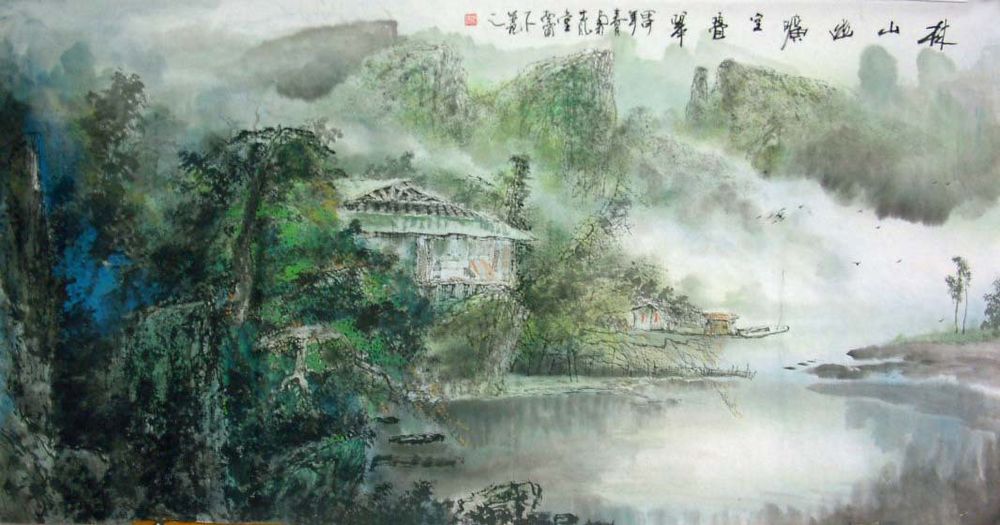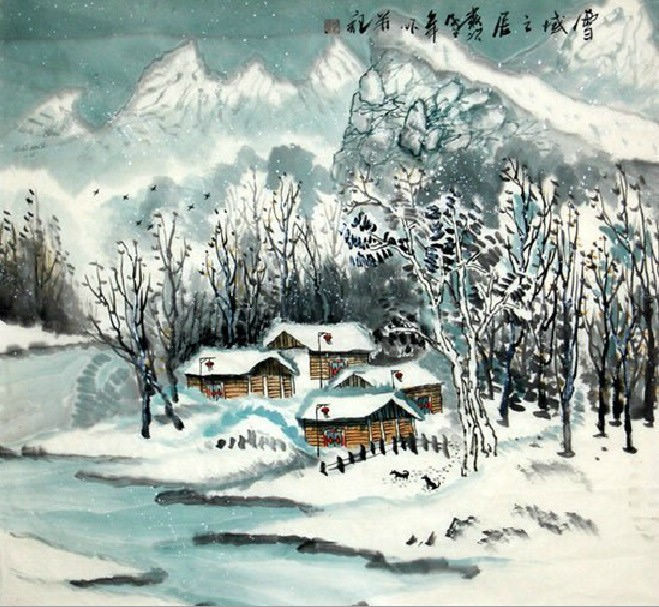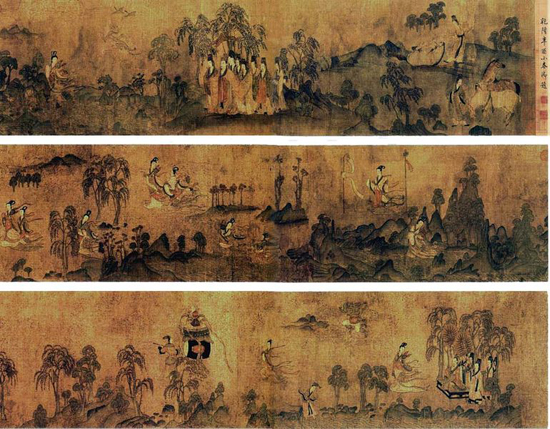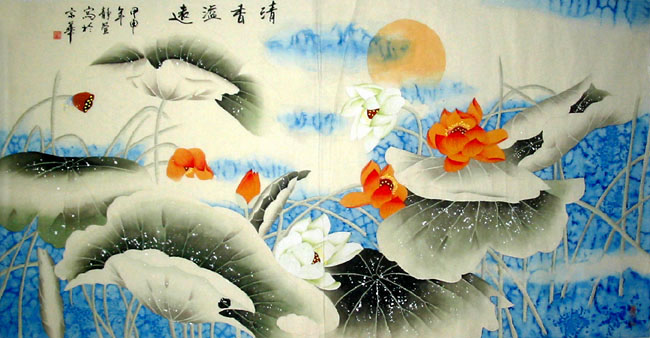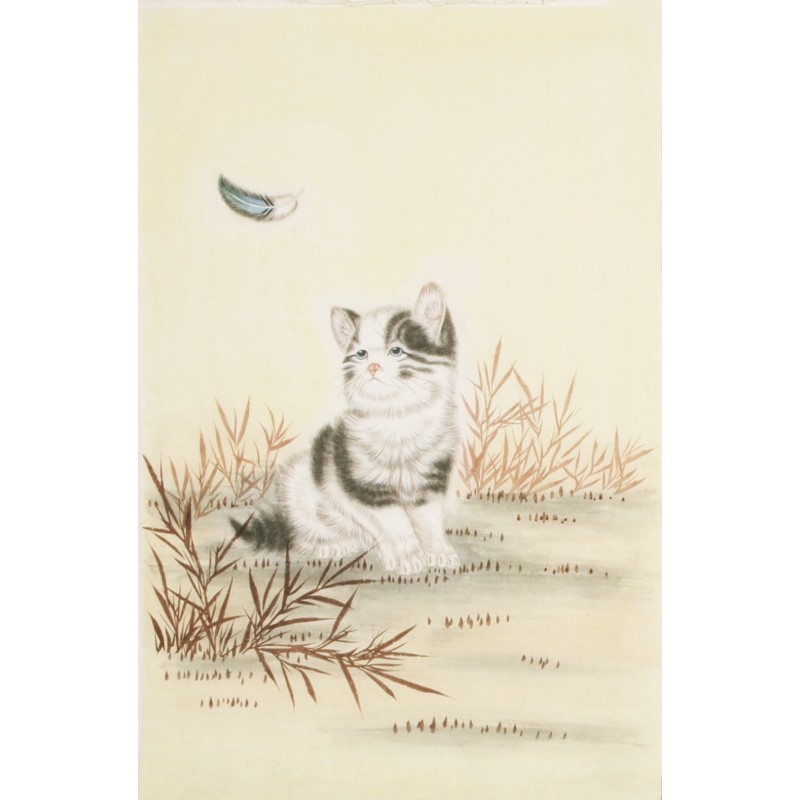Traditional Chinese landscape painting has always been well received by the influence of Taoist philosophy and Zen philosophy. People’s emotional and spiritual enjoyment is revealed in mountains and water. This mood of life stems from the perception of life and the art of deep emotion. So the “Qing” and “Jing” (means “love” and “environment”) are the important evaluation criteria for the character of the landscape paintings. A landscape brings us to the great outdoors even if we are busy indoors, working or relaxing, chatting with friends or reviewing an important business deal. How inspiring it is to see the panorama of all that nature can offer, whether it is a stormy patch of weather which overhangs a mountaintop or the broad vista of cultivated fields that shows how much that mankind is dependent upon the land for our very existence.
From the ancient Minoans, Greeks and Romans come the first inklings that landscapes formed part of their culture, and even though the more sophisticated means of portraying scale and proportion regarding distance would not come until the Renaissance, these extremely early landscapes do show an attempt to recreate the feel of standing still and really noticing the land around us.

